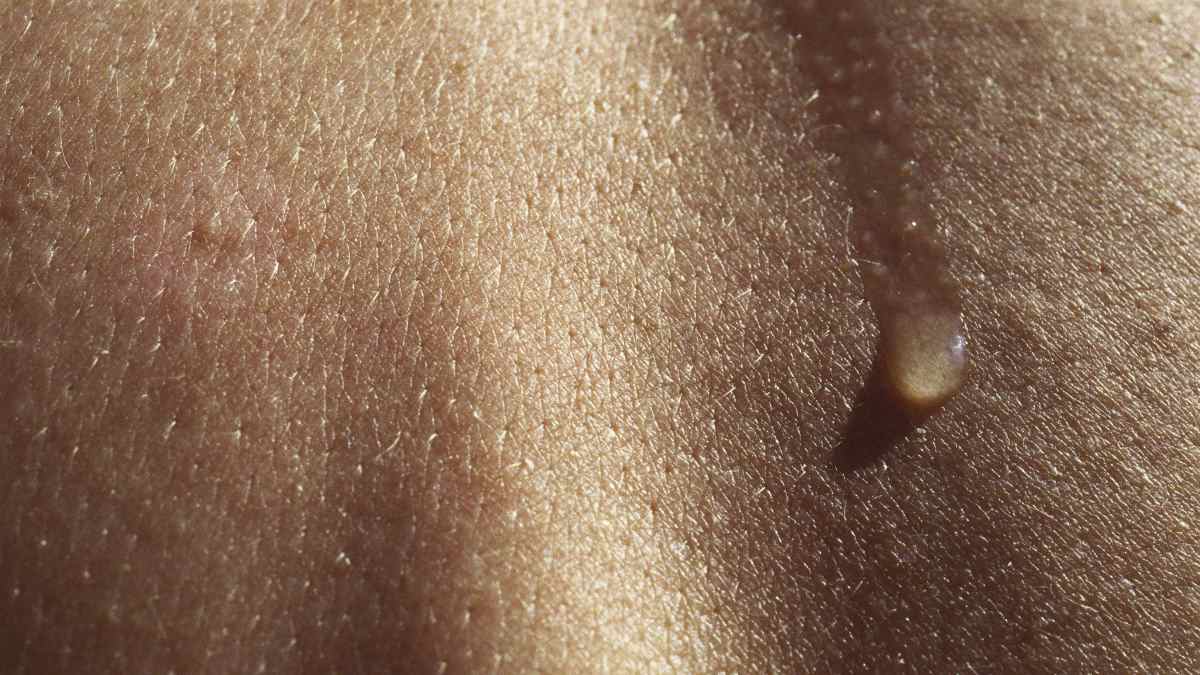Why mimic skin?
According to Professor Zhenan Bao, a chemical engineer at Stanford University, USA, it’s a smart way to make electronics compatible with humans.
For now, it’s providing useful health monitors. But the end result could be invisible, autonomous devices that sit comfortably in human bodies.
Bao gave a keynote speech on her team’s research at the American Chemical Society’s Fall 2024 meeting this week.
“I was trained as an organic chemist, but I’m fascinated with skin because it’s flexible, it’s stretchable, biodegradable and also self-healable,” said Bao during the talk.
Plus, the mechanoreceptors in skin are powerful chemical messengers for the brain.
“What if we can incorporate such properties into our future electronics?” asked Bao.
Such skin-inspired electronics could help build better health monitors, improve health research, and potentially treat conditions. Because they’re completely soft and stretchable, they could also form safer and more effective brain implants, and achieve things like restoring the sense of touch to patients who have lost it.
Skin-inspired electronics have drawn the interest of researchers all over the world. Bao’s team has taken a chemical approach to developing them.
“What we need is basically electronic materials that are as soft as jelly, as soft as skin, and at the same time, [with] electronic properties as good as that of silicon, because we don’t want to add new properties,” said Bao.
Layers of different polymers – long molecules made of chains of repeating units – have been useful here, as have carbon nanotubes. Some electronically conductive polymers have been known about since the 1970s, but the researchers have needed to work on a range of new ones.
The other key is a process called nanoconfinement: making molecules react in small spaces.
The researchers have already used their “intrinsically stretchable electronic skin” materials to make a less invasive blood pressure monitor for babies. The monitor was approved by the US FDA last year.
They’ve also developed a spray-on, skin-like substance that can track hand movements accurately enough that it could manage typing on an invisible keyboard.
“With these kinds of devices, instead of just mimicking [the] human sense of touch, we can also start to think about going beyond the human capability, or maybe enabling new capabilities,” said Bao.
With this line of thought, the researchers have developed fingertip-based circuits that can read hundreds of sensors in a square centimetre.
“Typically with our human finger’s touch, we can touch a Braille pattern and read one letter at a time,” said Bao.
“But here, this small, square region contains hundreds of sensors that can read the pattern. So we can read one word at a time, or even one sentence at a time.”
The skin substances can also be used to help solve biological problems. Bao’s team has developed a soft neurosensor, called NeuroString, which can monitor gut and brain signals simultaneously.
The researchers have used it to show that chocolate hitting a mouse’s gut triggered a serotonin release.
“In this case, having the soft probe inside the gut was the key, because anything rigid inside the gut will require putting the animal under anaesthesia,” said Bao.
With the skin-like electronics now making waves in several different healthcare fields, Bao maintains that basic chemistry and nanoconfinement were crucial for their development.
“They were the key for us to now have a collection of skin-like electronic materials that sets the foundation for us to build this new generation of electronics,” she said.




















Discussion about this post